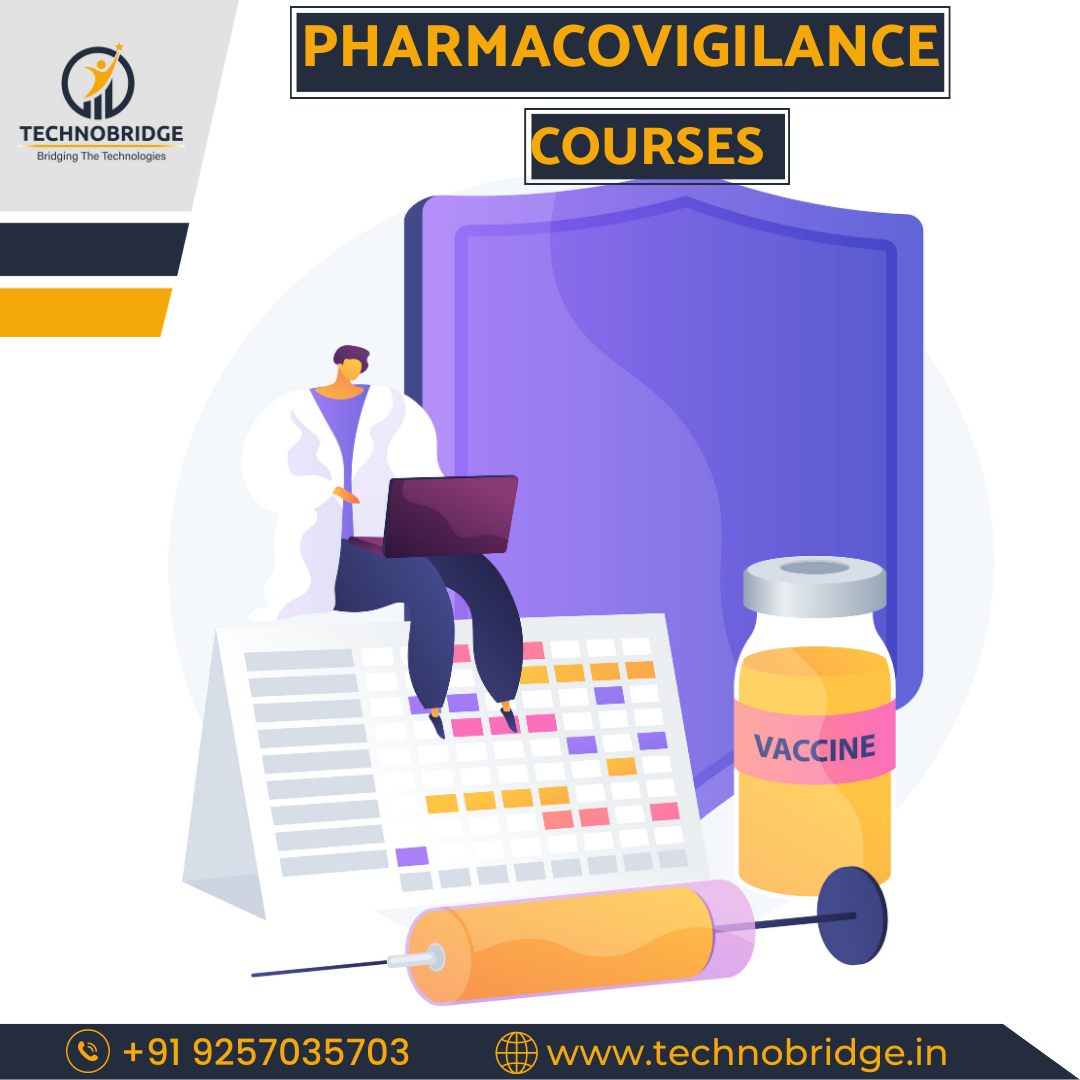Pharmacovigilance is a critical component of the healthcare system that focuses on monitoring and evaluating the safety of medicines throughout their lifecycle. It involves the detection, assessment, understanding, and prevention of adverse effects or any other drug-related problems. The primary goal of pharmacovigilance is to ensure patient safety by identifying and minimizing the risks associated with the use of medicinal products. Here are the key roles and activities of pharmacovigilance in ensuring patient safety:
- Adverse Event Reporting:
Pharmacovigilance courses by TechnoBridge systems collect and analyze reports of adverse events (AEs) associated with the use of medications. Healthcare professionals, patients, and regulatory authorities can report AEs to pharmacovigilance databases. These reports provide valuable information about potential safety concerns, allowing for early detection and assessment of drug-related risks. The analysis of adverse event data helps identify new or rare adverse reactions, determine their frequency and severity, and assess their impact on patient safety.
- Signal Detection and Evaluation:
Pharmacovigilance professionals employ various statistical and analytical methods to identify potential safety signals from the collected data. These signals indicate a potential association between a medicine and a previously unrecognized adverse event. Signal detection helps prioritize safety concerns for further investigation and analysis.
- Risk Assessment and Benefit-Risk Analysis:
Pharmacovigilance plays a crucial role in assessing the risks associated with medicinal products. This involves evaluating the frequency, severity, and potential consequences of Adverse Drug Reaction Monitoring Courses. Pharmacovigilance experts analyze individual case safety reports, aggregate data, clinical trial data, and other relevant sources to assess the safety profile of medicines.
- Safety Communication and Information Dissemination:
Pharmacovigilance is responsible for communicating safety information to healthcare professionals, patients, and regulatory authorities. Safety communications include the issuance of drug safety alerts, updates to product labels or package inserts, and dissemination of safety-related information through various channels for Future & Salary.
- Risk Minimization Strategies:
Medication Safety Studies activities contribute to the development and implementation of risk minimization strategies for medicines. These strategies aim to prevent, reduce, or manage the risks associated with specific drugs or drug classes.
- Pharmacovigilance in Clinical Trials:
Pharmacovigilance is not limited to post-marketing surveillance but also encompasses safety monitoring during clinical trials. Clinical Trials pharmacovigilance involves the collection, analysis, and reporting of adverse events and other safety-related data.
In conclusion, pharmacovigilance is crucial for patient safety. It identifies and evaluates adverse events, detects potential risks, and assesses the benefit-risk profile of medicines. Through effective communication and risk minimization strategies, Clinical Drug Safety Training ensures the safe use of medications. Collaboration among stakeholders is essential for successful pharmacovigilance implementation.

